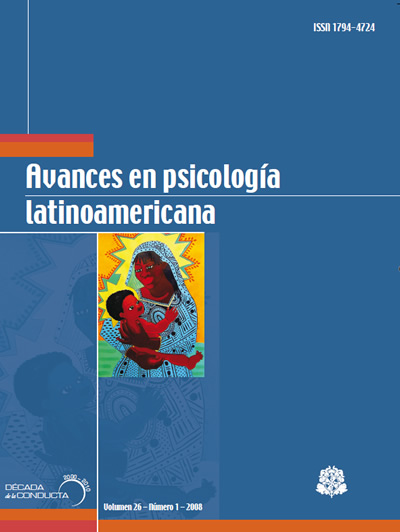Is maternal deprivation the root of all evil?
Barra lateral del artículo
Número
Sección
Artículos
Palabras clave:
deprivation, evil, depravity, development, parenting materna, maldad, depravación, desarrollo, crianza de los hijos
Contenido principal del artículo
David R. Cross
Texas Christian University
Karyn B. Purvis
Texas Christian University
En este artículo se aborda seriamente la pregunta ¿es la privación materna la raíz de toda la maldad? La consideración sobre esta cuestión se divide en tres partes. En la primera se discute la naturaleza de la maldad, enfocándose en particular sobre el concepto de depravación. En la segunda se aborda la crianza de la maldad, con base en la trayectoria evolutiva común vista en aquellos que son depravados. En la tercera se explora la raíz de la maldad, a partir de la investigación animal y humana sobre la privación materna. La conclusión es que la privación materna puede ser realmente la raíz de todos los males, pero sólo cuando los individuos depravados han sido privados del cuidado maternal normativo, el cual es la cuna de la humanidad.
Descargas
Los datos de descargas todavía no están disponibles.
Detalles del artículo
Los autores conservan los derechos de autor y garantizan a la revista el derecho de ser la primera publicación del trabajo al igual que licenciado bajo una Creative Commons Attribution License que permite a otros compartir el trabajo con un reconocimiento de la autoría del trabajo y la publicación inicial en esta revista.



